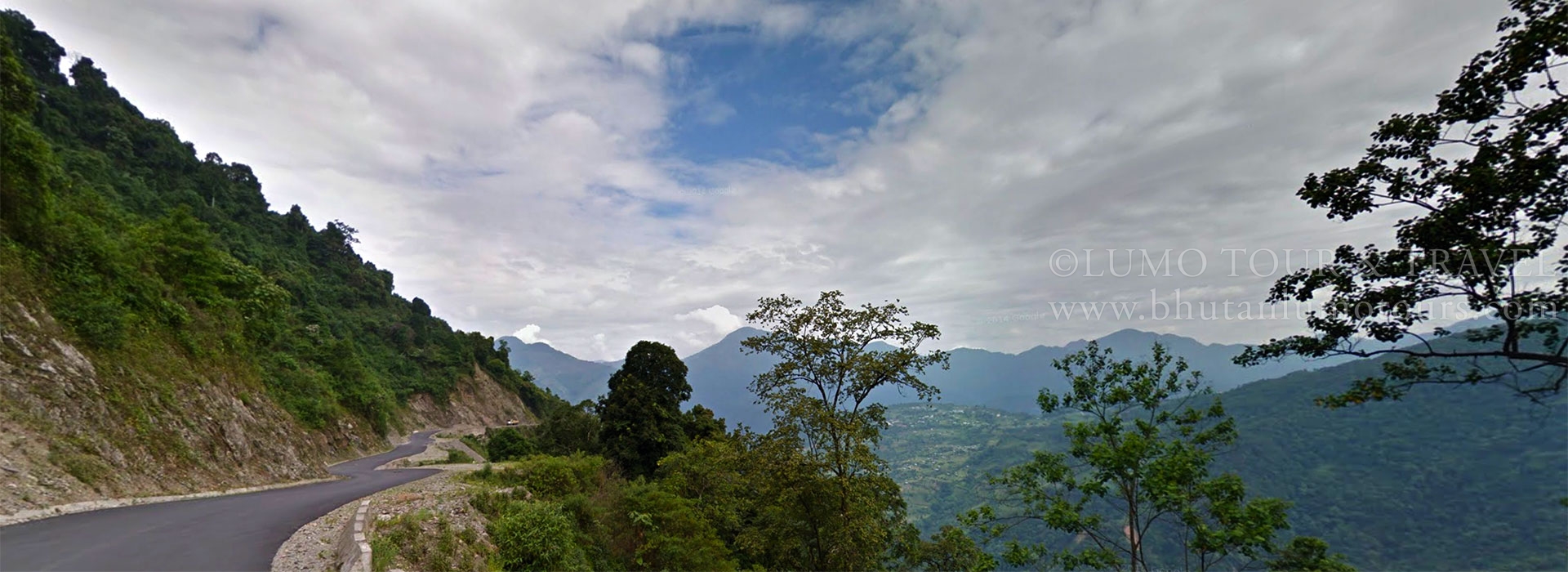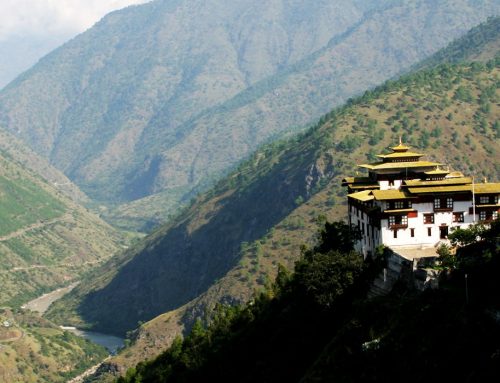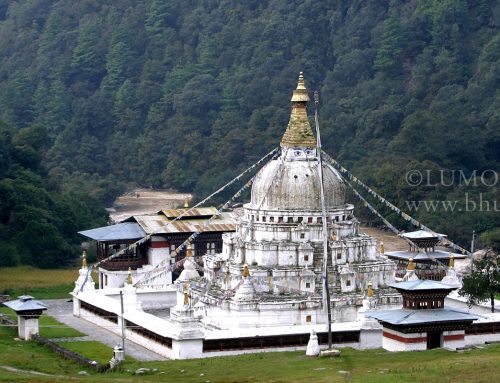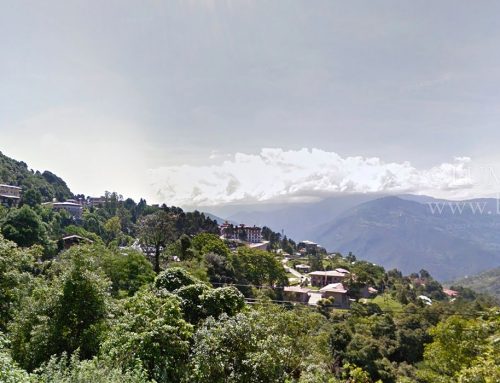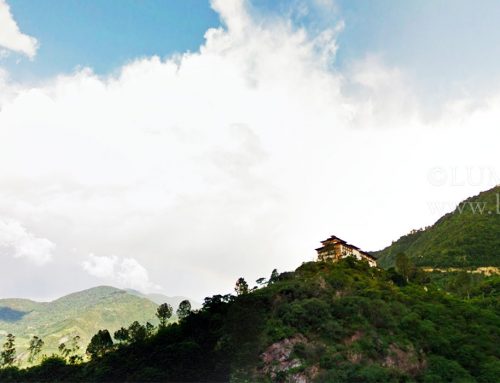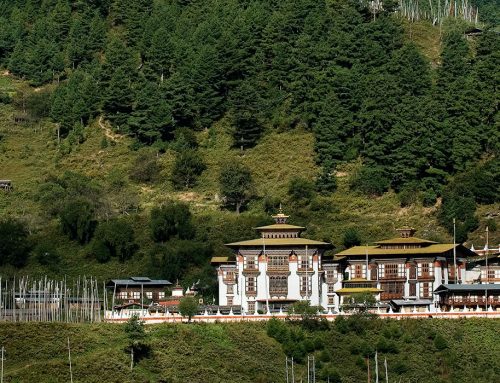Samdrup Jongkhar is the commercial hub of eastern Bhutan. It shares border with the Indian town of Daranga, and is three-hour drive from Guwahati, the capital of the Indian state of Assam. The district is a sub-tropical belt with rich flora and fauna.
In 1837, the British Political Officer Captain Pemberton entered Bhutan from Samdrup Jongkhar. The area also saw frequent border skirmishes between the Bhutanese and the British India in the 19th century.
It was in Dewathang, about 18 kilometers from Samdrup Jongkhar town toward Trashigang, where Bhutan fought its last battle with the British in 1884. Jigme Namgyel, the father Bhutan’s first hereditary monarch, Gongsar Ugyen Wangchuck, led the Bhutanese troops and put up a strong resistance against the better equipped British.
There are two major ethnic groups in Samdrup Jongkhar – the Tshanglas and the Lhotshampas. The former are Buddhist and the latter Hindu. They are basically farmers growing mostly maize, paddy rice, oranges, and chilies.
Samdrup Jongkhar is aptly called the gateway to eastern Bhutan. As the ancient trading port, people from eastern Bhutan travelled to Samdrup Jongkhar to exchange goods and services with merchants from Assam.
The town is now opened to tourists as entry or exit point.
Places of Interest: Zangdopelri Lhakhang, Rock painting of Guru Rinpoche in Char Kilo, Samdrup Jongkhar Dzong, Memorial Choeten in Dewathang.


